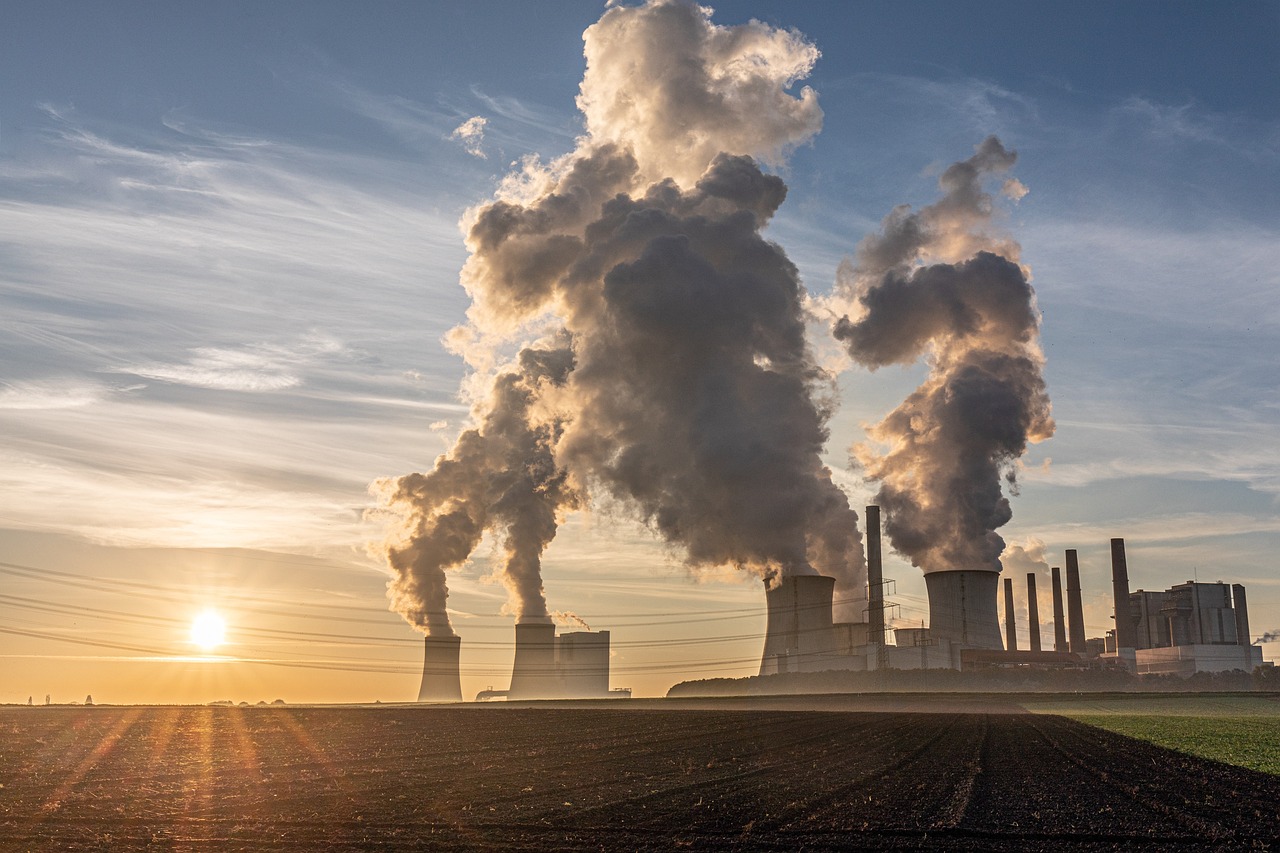
Russian government agencies are exploring the possibility of establishing an alternative to the European Union’s Carbon Border Adjustment Mechanism within the BRICS nations, according to a source familiar with the discussions.
Interfax reports that the initiative was prompted by discussions on fostering a low-carbon economy, started by the Russian Union of Industrialists and Entrepreneurs. It aims to mitigate the risks of competition restrictions in global markets. To achieve this, the Industry and Trade Ministry proposes standardised approaches to calculating emissions and greenhouse gas absorption, as well as criteria for classifying climate projects. The validation and verification of these projects, involving experts from BRICS countries, are also crucial components.
The Carbon Border Adjustment Mechanism, designed by the EU, intends to address carbon leakage by imposing a “carbon tax” on imports to equalise costs with EU producers. However, Russian officials have expressed concerns about its impact on competition and compliance with World Trade Organisation rules.
Despite being a major emitter of greenhouse gases due to its reliance on fossil fuels, Russia has taken significant steps to address climate change. One key aspect of Russia’s climate policy is its participation in international agreements, including the Paris Agreement, which aims to limit global warming to well below 2 degrees Celsius. Russia has pledged to reduce its emissions intensity by 25-30% by 2030 compared to 1990 levels, although its absolute emissions may continue to rise.
Domestically, Russia has implemented various measures to promote energy efficiency, renewable energy development, and forest conservation. Initiatives such as the Clean Energy Development Fund and the Renewable Energy Sources Development Program aim to diversify the energy mix and reduce emissions.
Furthermore, Russia is investing in climate research and adaptation strategies to mitigate the impacts of climate change on its vast territory, including measures to address permafrost thawing and extreme weather events.
However, challenges remain, including the need to modernise infrastructure, transition to a low-carbon economy, and balance environmental concerns with economic priorities.

